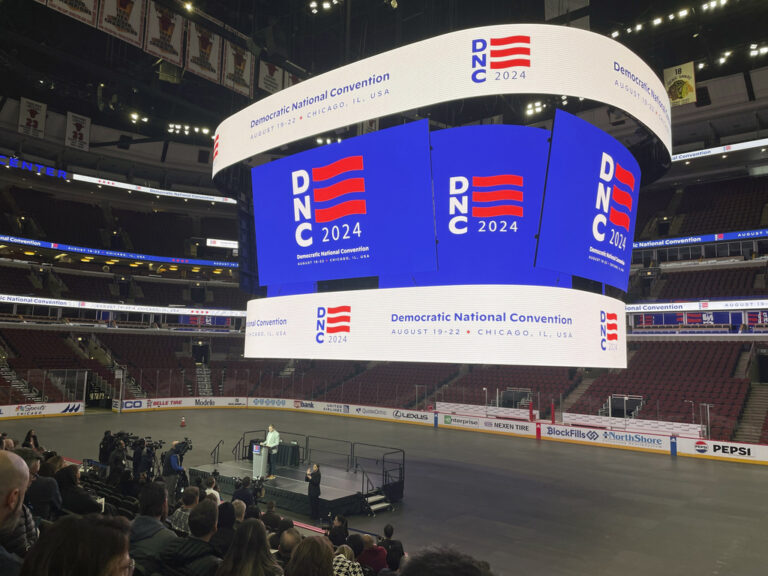SPRINGFIELD — Gov. J.B. Pritzker signed legislation Friday lifting a three-decade moratorium on development of nuclear reactors in the state.
Smaller nuclear reactors — those producing less than 300 megawatts of power — will be allowed beginning January 2026. Morris Republican Sen. Sue Rezin, the proposal’s sponsor, argued that nuclear power is a critical part of the state’s renewable energy portfolio.
“Illinois has a long, successful and safe history of nuclear energy generation,” Rezin said in a statement after the Democratic governor’s action, which she said “will ensure that our state can remain a leader in the energy sector by offering us the ability to utilize the amazing advancements in new nuclear energy technology.”
Rezin and the measure’s House sponsor, Democratic Rep. Lance Yednock of Ottawa, are counting on the future success of so-called small, modular reactors that power a single large manufacturing plant, for example.
But the day the plan won Senate approval in November, a first-of-its-kind small project by Oregon-based NuScale was canceled after 10 years of development because of faltering confidence by potential subscribers for its power.
Rezin said at the time that ongoing research and development would find and fix weaknesses in such proposals.
The Illinois proposal is largely the same as one that earned overwhelming legislative approval but was vetoed by Pritzker last spring. It adds a study on the risks of new nuclear technology and puts a state agency in charge of oversight, issues missing from the original plan.
Environmentalists argue that wind and solar power are sufficient to replace the burning of fossil fuels. But supporters of the law point out that the state’s plan for closing coal-fired power plants by 2045 relies in part on state subsidies to keep two unprofitable nuclear plants in operation to meet energy needs.








